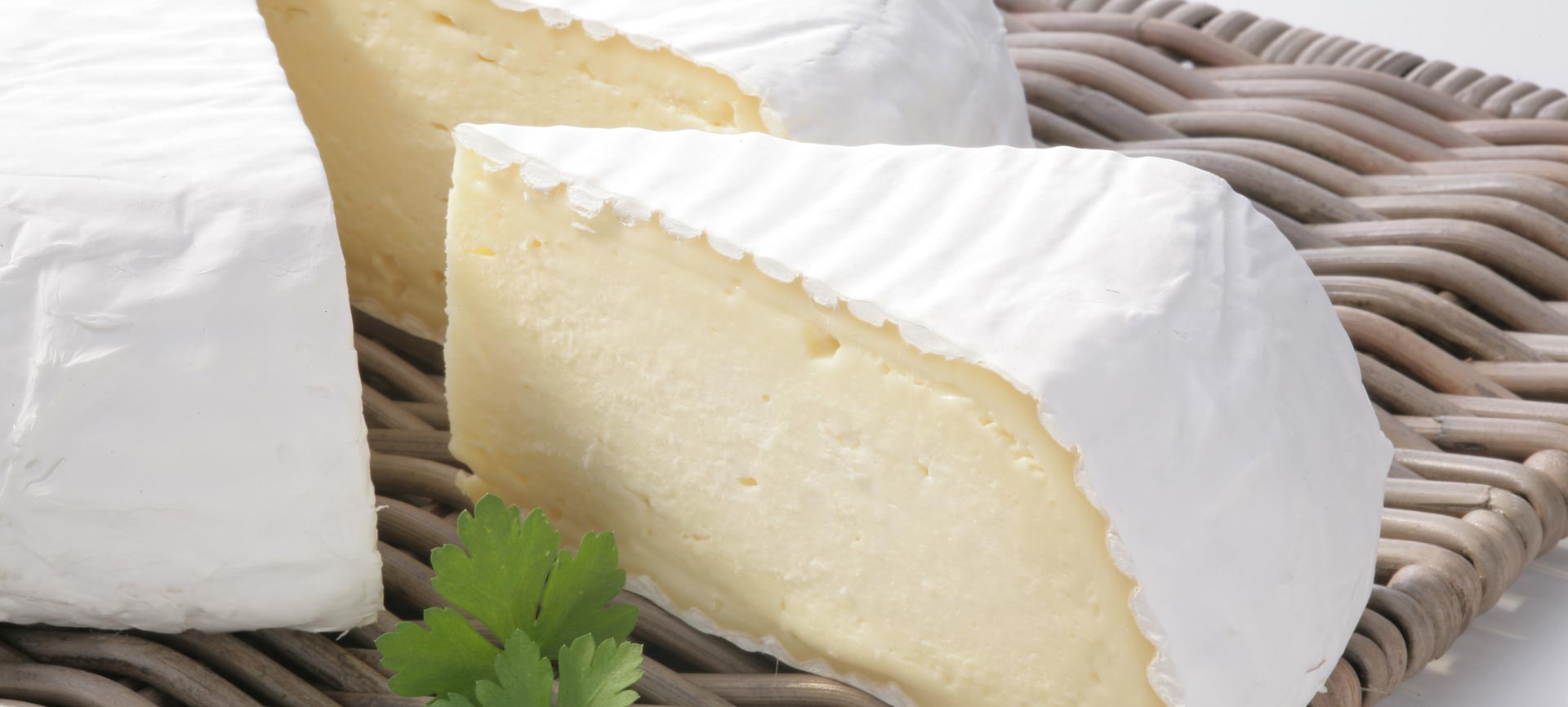Hard cheese
One quality parameter is the "fat in dry matter" value. This can be determined using NIR measurements.
Using the NIR methods we can differentiate between different types of cheese in seconds. (Image 1) It is also possible to identify the origin of hard cheeses from the Italian provinces and Austria (Image 2). (Verena A. Huck-Pezzei et al (2014))
Mozzarella
One quality parameter is the "fat in dry matter" value. This can be determined using NIR measurements.
Determining the origin of mozzarella from South Tirol and the rest of Italy is essentially possible, but this must still be verified using reference methods (GC MS) (Image 3). (Verena A. Huck-Pezzei et al (2014))
In this study, Isotope-Ratio Mass Spectrometry was utilised to determine the isotopic relationship of carbon (δ13C) and nitrogen (δ15N), with the goal of identifying the geographic origin of the samples of cheese. Thus, 54 samples of different cheese varieties (Stilfser, Bergkäse, Fontal and Fontina) were collected from the geographic areas of Alto Adige, Tyrol, Trentino and Valle d’Aosta, and where then subject to isotope analyses.
After having been determined, isotopic relationships of carbon (δ13C) and nitrogen (δ15N) were then applied to 42 samples of mozzarella originating from different geographic areas in Italy, Austria and Germany.
The results of analysing the isotopic relationships of carbon (δ13C) and nitrogen (δ15N) demonstrate the ability to differentiate between samples of cheese and mozzarella deriving from different geographic origins and typologies by using isotopic fingerprints.
Additional isotope analysis was conducted on samples of milk and their respective samples of cheese and mozzarella with the goal of evaluating possible losses of isotopic data during production processes of cheese, and also to further broaden the isotopic fingerprints of these products.



